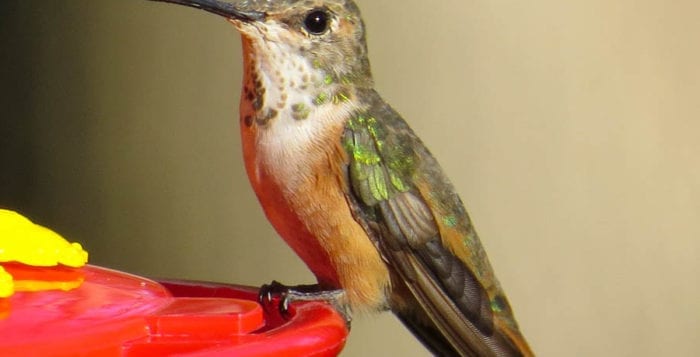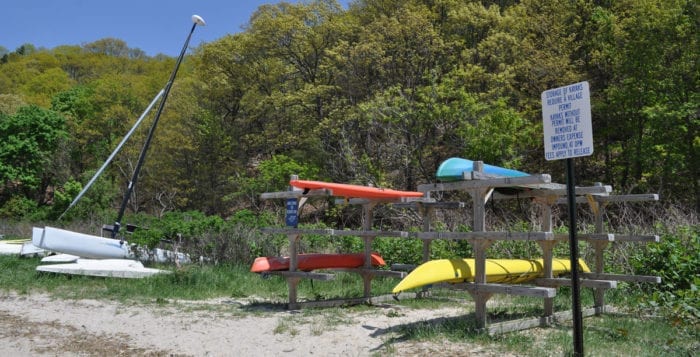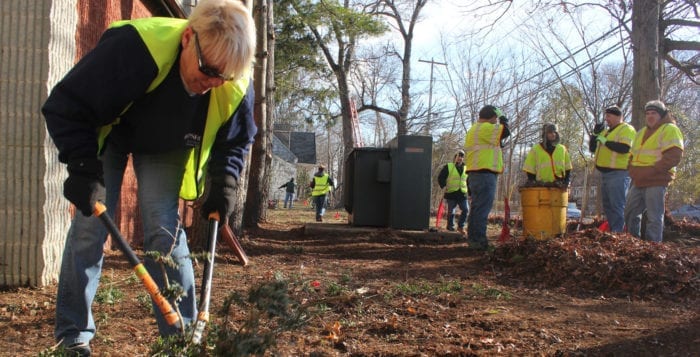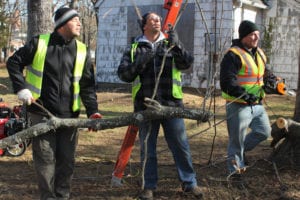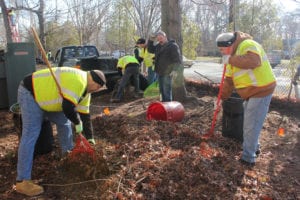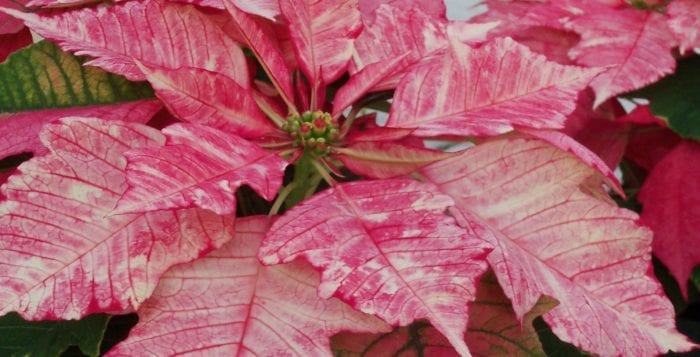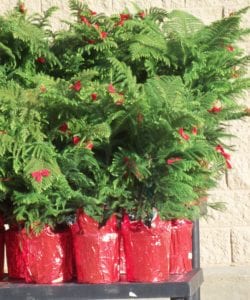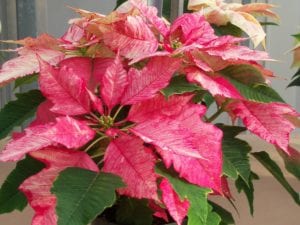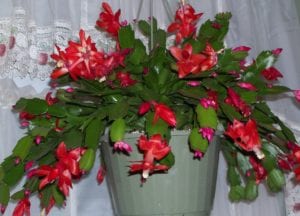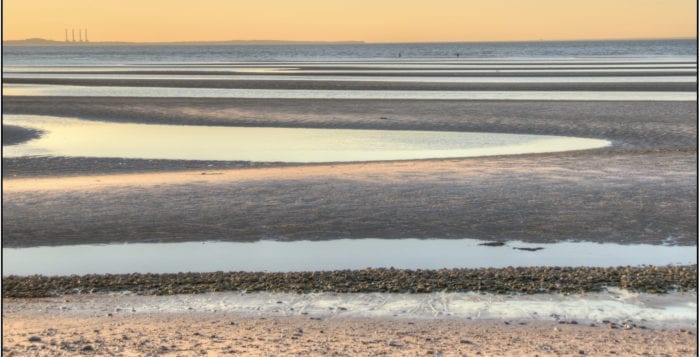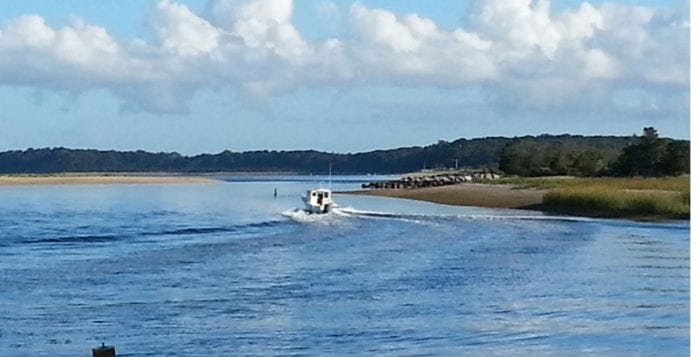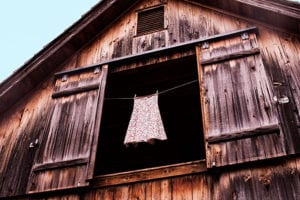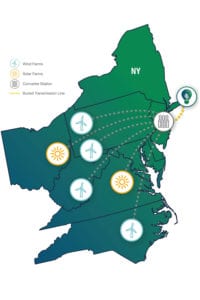By Cathy Taldone
My holiday decorating was abruptly interrupted by a “RARE BIRD ALERT!” received from the Cornell Lab of Ornithology and National Audubon Society. A rufous hummingbird, a western native, was spotted at a private garden in Aquebogue on the east end of Long Island. I dropped everything, jumped in the car with binoculars and camera hoping for a glimpse of this tiny creature. This was a rare sighting indeed! While there are over 350 species of hummingbirds in the world, the ruby-throated hummingbird is the only common species on Long Island. Rufous hummingbirds are known to be found west of the Great Plains but not in the East.
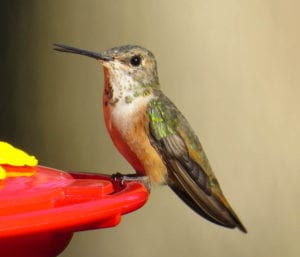
The bird loving homeowner noticed this unusual hummingbird at her feeder in November and contacted the Quogue Wildlife Sanctuary and the Eastern Long Island Audubon Society. She knew the bird should have migrated south and had lost its way. She was looking for advice on how to help it find its way back on its journey. She was keenly aware that with winter approaching, this 3.5-inch bird weighing slightly more than a penny had a future that was in jeopardy.
The ruby-throated and rufous hummingbirds make their migration each year to Mexico. The rufous hummingbirds may breed as far north as Alaska and make their 3,000-mile trip along the West Coast to Mexico to spend winter in a warmer climate.
As I and other birding enthusiasts arrived in her backyard this past weekend, we were delighted to learn that there was not one but two rufous hummingbirds in this quiet east end backyard. We were rewarded with the visual display of two rufous hummingbirds fighting over the feeder. Hummingbirds are the tiniest birds in the world but also very aggressive and will fight another to protect its territory. For me, this was a “lifer,” my first time seeing the species. We all watched with excitement and joy as these birds went back and forth to and from the nectar-filled feeders and the flowers still in bloom due to our warm fall weather.
While a sighting such as this would be extremely rare during the warm months, it is extraordinary to find one the first week in December. However, this summer a rufous hummingbird visited the Morton National Wildlife Sanctuary in Sag Harbor. It was there a few days and then disappeared.
Recently, wintering rufous hummingbirds have appeared in eastern states as far north as Massachusetts. There was a rufous hummingbird in NYC the winter of 2012 and another in 2011. One made it through to the spring and the other did not. How did these hummingbirds get so far off track?
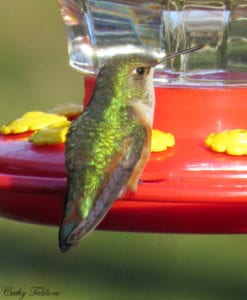
Researchers over the last several years determined that some have changed their route, traveling east before heading south, giving rationale as to why these birds have been sighted in a number of eastern states from October to January. The challenge for these wintering birds is to survive the weather and lack of protein. They live on the nectar from flowers and insects for protein.
According to Dr. Paul Adams, founder of the Baiting Hollow Hummingbird Sanctuary, two rufous hummingbirds appearing in November is an extraordinary occurrence. To help the birds make it through the winter there needs to be a cooperative effort to help them meet the challenges of the cold.
As I return to the routines of the holiday season, I plan to make another trip to see the birds again. Dr. Adams will visit the residence and give his advice on how to help the birds manage the winter here, and hopefully these birds will survive the Long Island winter cold and snow. Meanwhile, nature will take its course. The rufous hummingbirds of Aquebogue may or may not make it to spring. These birds, just like all species, hope to make it to the next season, taking life’s challenges one moment at a time.

